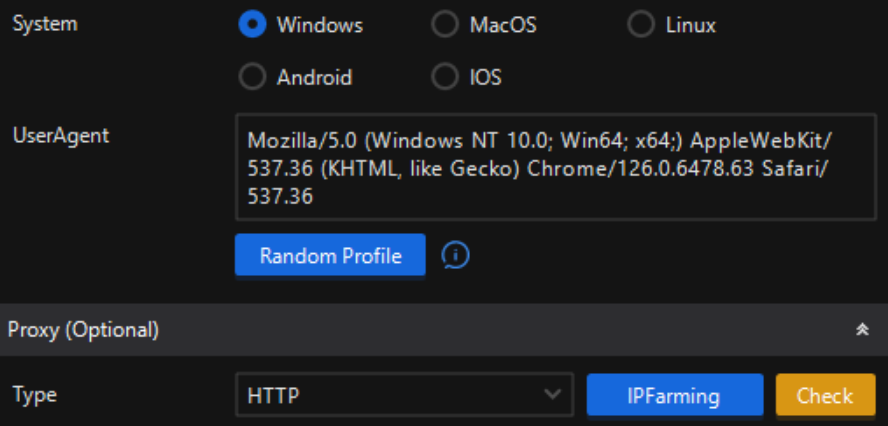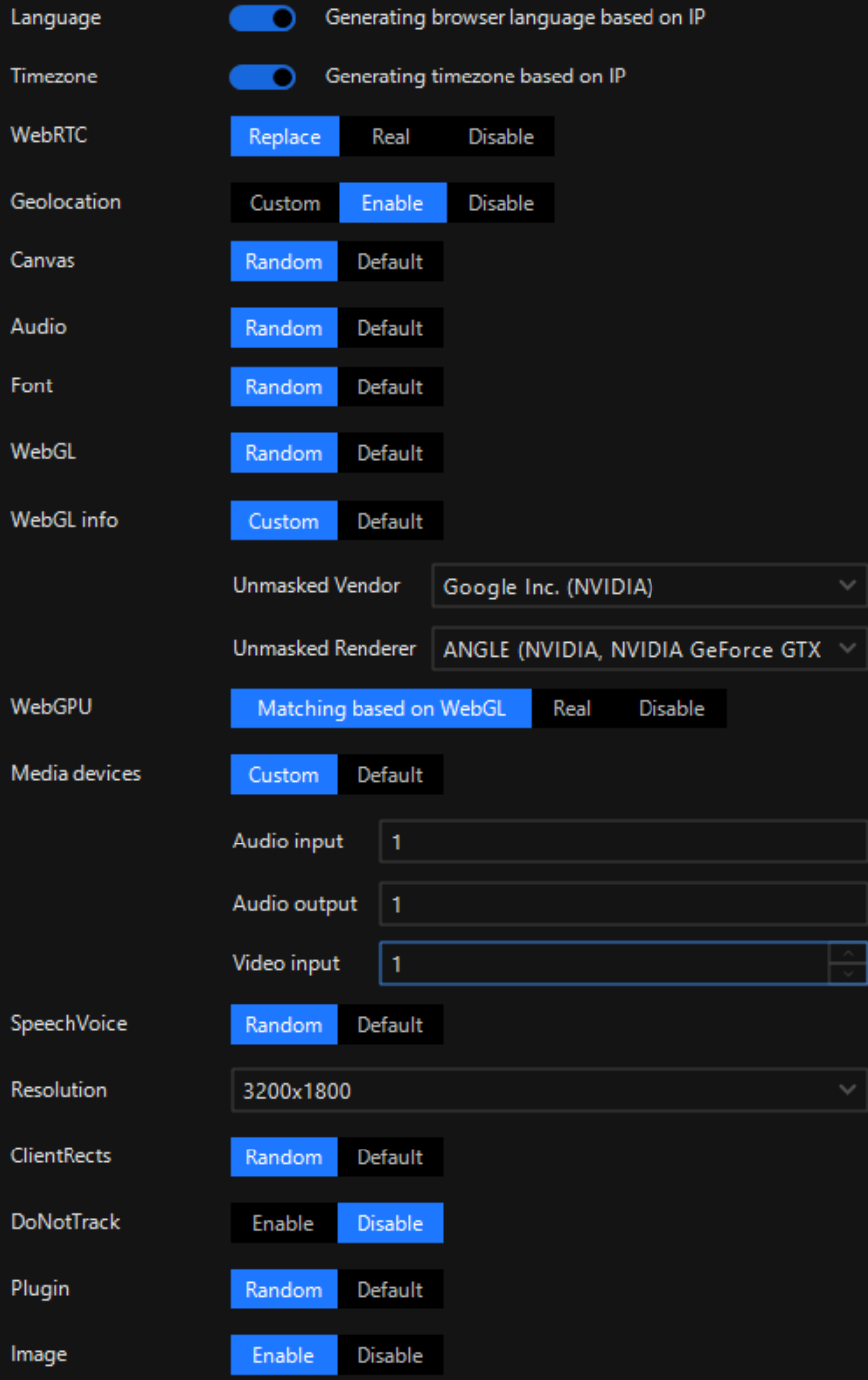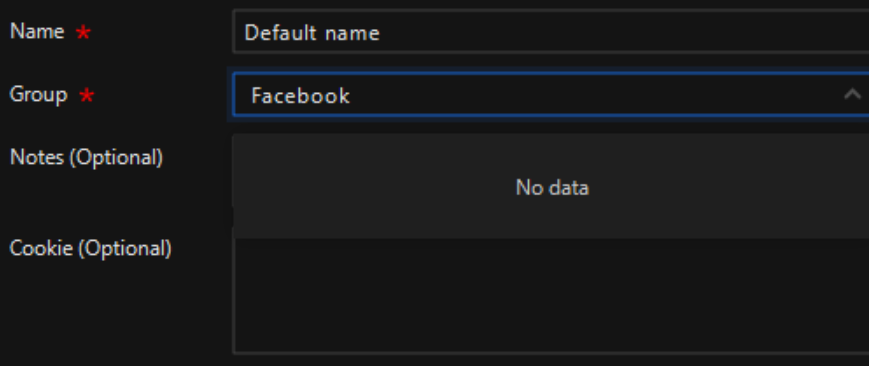How to Stop Facebook from Locking Your Account : Master Anti-Detect Browsers & Fingerprinting Protection

Having multiple Facebook accounts isn’t a crime — but it can feel like one when Facebook locks you out for no clear reason.
Whether you’re managing client pages, running ad campaigns, or building niche communities, Facebook’s detection systems often mistake organised workflows for suspicious behaviour.
That’s where anti-detect browser tools come in. For anyone serious about trying to manage Facebook accounts without hitting constant roadblocks, these tools are not just helpful — they’re essential.
In this article, I’ll walk you through how to use MultiloginPro, a widely trusted anti detect browser, to run multiple Facebook accounts smoothly and safely, without getting flagged for “suspicious activity.” You’ll also learn how to avoid the dreaded “We suspect automated behavior on your Facebook account” warning — and how to keep your accounts alive without overspending on overhyped tools.
1. Why You Need MultiloginPro to Manage Facebook Accounts?
Facebook’s automated systems are ruthless. You might think creating a new profile and logging in with a different proxy is enough. It’s not. Here’s what usually goes wrong:
Accounts get linked through fingerprinting.
You get flagged for logging in from multiple locations.
You keep hitting verification loops, phone verifications, or worse—permanent bans.
MultiloginPro tackles all three problems head-on by creating separate browser environments — each one completely isolated, with its own fingerprint, cookies, and proxy settings. It’s like having a dedicated device for each account, minus the hassle and cost of real devices.

2. Why Browser Profiles Matter More Than You Think
Each Facebook login creates a trail: your browser version, screen resolution, fonts, timezone, WebGL hash — all of it. This is browser fingerprinting, and Facebook uses it to quietly link your accounts together.
With MultiloginPro, you can:
Create individual browser profiles for each Facebook account.
Assign different screen resolutions, languages, time zones, and OS fingerprints.
Ensure no trace of one account leaks into another.
I set up three Facebook profiles using MultiloginPro.
One looked like a Windows laptop in the UK, another like a macOS desktop in Canada, and the third like an Android browser from Vietnam. They behaved like different people—and were treated that way by Facebook.
Here's a pro tip: Never leave screen resolution and canvas settings on default. These values are often used to catch copy-paste automation setups. Randomise or match them to real device specs.

3. How Much Does It Cost? Is There a Free Option?
MultiloginPro offers a fully free anti detect browser.
You won’t need to pay extra for add-ons or proxy integrations. Unlike some over-hyped tools, it works out of the box with almost every facebook automation tool you’d want to use — from JarveePro to custom Selenium scripts.
Better yet, it passes the three main detection checks:
Browser fingerprint uniqueness
Canvas and WebGL spoofing
TLS fingerprint matching
If you’re looking for the best anti detect browser that won’t drain your budget or throw up compatibility issues, MultiloginPro checks every box.

4. How to Use Proxy IPs the Right Way?
Just buying a proxy isn’t enough. In fact, a poorly chosen proxy can get your Facebook account locked faster than a bad login attempt.
4.1 What usually goes wrong:
Using the same proxy for more than one account
Proxy IP leaking DNS or WebRTC info
Locations not matching declared account regions
4.2 What to do instead:
In MultiloginPro, assign one dedicated proxy per Facebook profile.
Use residential proxies if you’re running high-risk or new accounts.
Rotate proxies on a set schedule, not randomly. Consistency builds trust.
Make sure your facebook proxy settings match your account language and timezone. If your account says you live in London but your IP is bouncing out of Indonesia, Facebook will raise a flag — guaranteed.
5. How to Automate Without Getting Flagged
Yes, you can automate Facebook — but not with brute force. If you’re still using bots that click buttons instantly and behave like robots, you’re already on borrowed time.
With MultiloginPro, you can safely integrate tools like JarveePro or Puppeteer, giving you fine-grained control over timing, interaction speed, scrolling patterns, and more.
Here’s how I automate 25 Facebook accounts daily using this combo:
Each account is assigned its own browser profile and proxy.
Actions are spread out to avoid triggering Facebook's thresholds.
Behavior mimics real people: clicking on stories, pausing between messages, using keyboard navigation.
MultiloginPro’s local session storage means you don’t have to relogin every time — no more re-entering passwords or re-triggering verifications.

6. How to Make Your Accounts LookLike Real People
Facebook doesn’t just track your location or fingerprint — it tracks your habits. Logging in and liking 10 pages in 10 seconds will instantly look suspicious.
Here’s how to fix it:
Assign “roles” to each account. For example: Account A is a football fan from Leeds. Account B is a stay-at-home parent from Brisbane.
Mimic natural routines. Login times, click paths, even comment styles should vary.
Don’t push new accounts too fast. Warm them up slowly over 7–14 days.
MultiloginPro lets you customise everything from language to geolocation settings so that your accounts don’t just look different — they feel different to Facebook’s systems.
7. What If You Get Locked Out Anyway? How to Recover Safely
Sometimes, despite your best efforts, you’ll still see the dreaded “We suspect automated behavior on your Facebook account” warning — or worse, your account gets locked.
Here’s how to handle it without panicking:
Don’t change IP or browser right after getting flagged — that’ll only make things worse.
Use MultiloginPro’s session debugger to see what changed: was it the proxy? The fingerprint? The behavior?
Try logging in again after 24–48 hours. Sometimes, resting the account helps Facebook “forget” recent anomalies.
8. Managing Facebook and Other Platforms at the Same Time
Let’s say you’re also running LinkedIn, Instagram, or X. Don’t use the same profile or proxy across platforms. Facebook cross-checks login environments with Instagram constantly.
Pro tip:
Create platform-specific groups in MultiloginPro (e.g. FB Group, IG Group).
Assign dedicated proxies per platform.
Use separate browser fingerprints — even if you’re the same operator behind them.
That way, even if something happens on one account or platform, it doesn’t spread like wildfire to everything else.

9. Mistakes That Kill Your Accounts (And How to Avoid Them)
Even seasoned pros mess up. Here are some red flags you need to watch out for:
Fingerprint too “perfect” or obviously fake: don’t use randomised fingerprints that don’t match real-world device data.
Proxy leaks: check for WebRTC and DNS leaks — even one mismatch can get your account flagged.
Using the same email/phone across accounts: rookie mistake that instantly links your entire network.
If you're using a free anti detect browser that doesn’t support deep fingerprint control, chances are you’ll end up creating more problems than you solve.
10. Keep It Clean, Keep It Consistent
Using MultiloginPro isn’t about tricking Facebook — it’s about creating realistic, consistent environments for each of your accounts. If you try to cut corners, Facebook’s systems will catch you sooner or later.
So remember:
Fingerprinting is real. Respect it.
IP hygiene matters more than you think.
Behavioural realism is your best friend.
If you’re serious about managing Facebook accounts at scale — whether for clients, ad campaigns, or community growth — this setup isn’t optional. It’s the only way forward.


